Called “Geda” in Tibetan language, it literally means the banner on the gate, his said that, families of servicemen in the Tufan Period of the Tang Dynasty (617-907) hanged the army banners on their gates to honor the family. Later, the army banners turned to be of religious implications, and were in fact the integrated product of religious culture and that of central plains of China. For different purposes, the banners vary in length ranging from severs to dozen meters, in blue, white, red. green and yellow each representing the sky, cloud, fire, water and land, or wood, gold, fire, water and soil according to the five-element theory. The color and religious writings on banners are selected on the basis of the anthroposcopy of the owner/believer. According to the five-element theory, five elements represent the primary substances that form the world, and all activities of the universe take place by following changes of each (or all) element, including your destiny, your vitality and you prosperity. The Jiuzhaigou religions banner is an integral combination of the five-element theory and Mizong incantation, a proud creation of Tibetan Buddhism.
Grand Buffet
TEL:(352)787-0068
1100 Citrus Blvd, LEESBURG, Florida, 34748
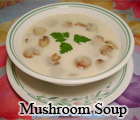
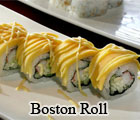
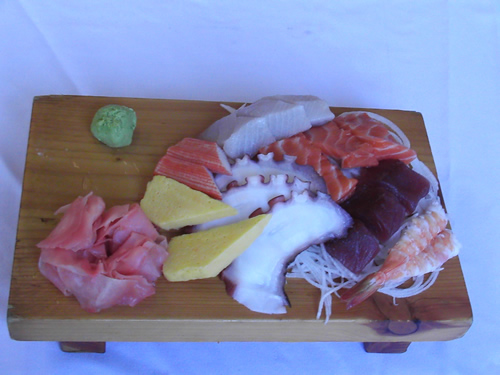
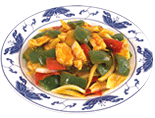

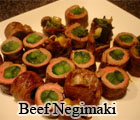
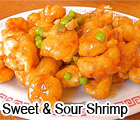
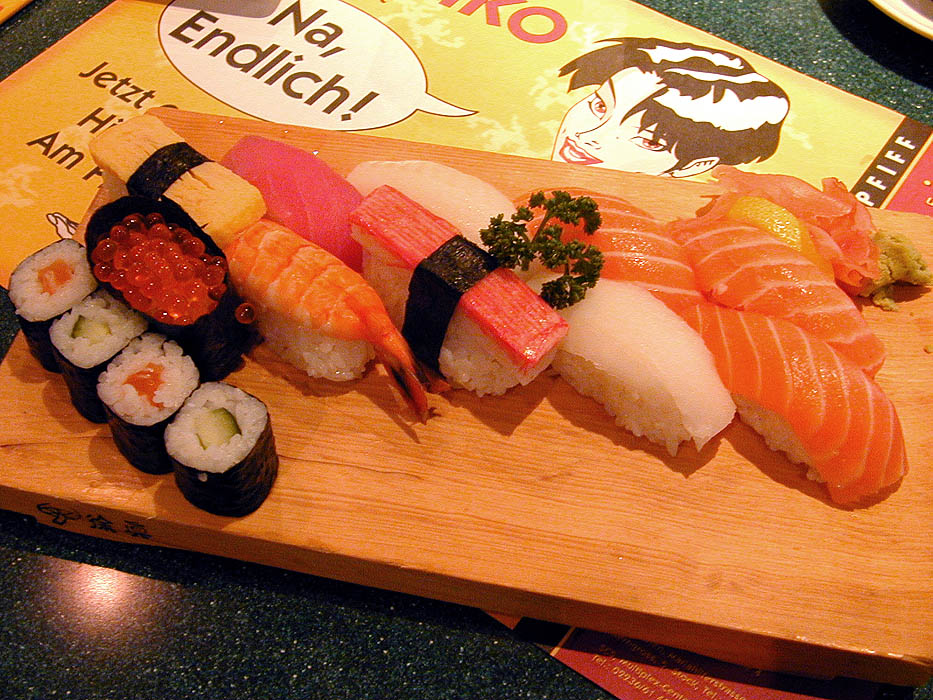
OPEN HOURS:
LUNCH:
Monday ~ Saturday:
10:00am to 3:30pm
DINNER:
Monday ~ Thursday:
4:00pm to 10:30pm
Friday & Saturday:
4:00pm to 11:00pm
Sunday All Day:
11:00am to 10:00pm
Culture
5 Minutes Refresh...
Religious Banners
- 07-09-08 18:30
- Url : http://www.asiavtour.com/China_Sichuan_Aba_Jiuzhaigou_culture_a836_s5.html







 PREVIOUS
PREVIOUS